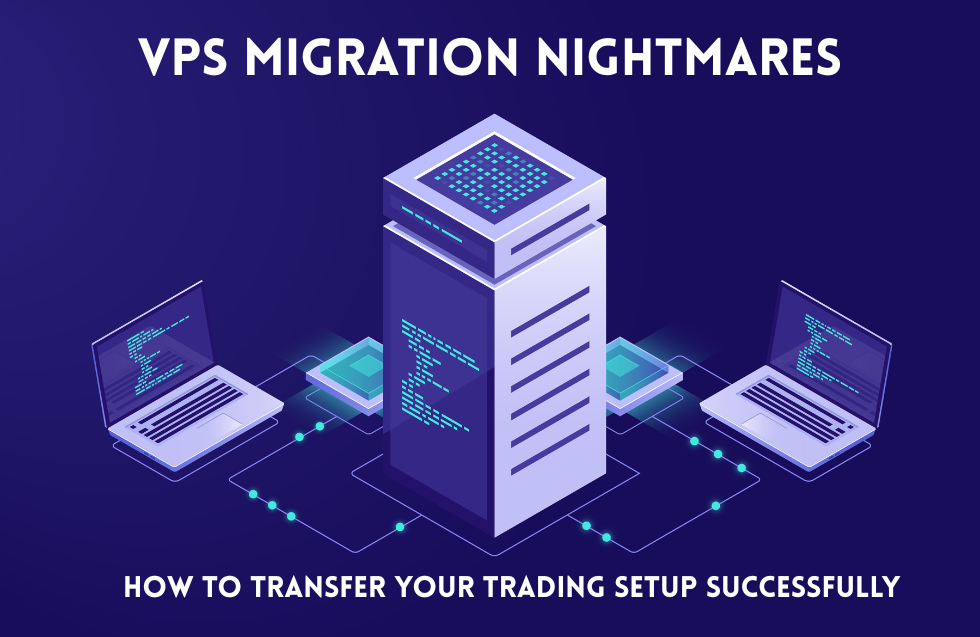In today’s fast-paced financial world, algorithmic trading (or algo trading) has emerged as an essential strategy for institutional investors, hedge funds, and even retail traders looking to gain an edge. With the power of automation, mathematical models, and real-time data, traders can eliminate emotional biases and execute thousands of trades at lightning speed.
This in-depth guide explores the top 10 algorithmic trading strategies used by professional traders, complete with definitions, practical applications, tools, and risk considerations. Whether you’re a seasoned investor or a curious beginner, this content will give you valuable insights into the mechanisms that move modern markets.
1. Trend Following Strategy
What It Is:
The trend-following strategy is rooted in the belief that asset prices move in identifiable directions, known as trends. These trends can be upward (bullish), downward (bearish), or sideways (ranging).
How It Works:
Trend-following algorithms use technical indicators like Moving Averages (MA), Moving Average Convergence Divergence (MACD), and Average Directional Index (ADX) to determine the direction of the market. The system enters a long position when an upward trend is detected and a short position in a downward trend.
Tools and Indicators:
- Simple Moving Averages (SMA)
- Exponential Moving Averages (EMA)
- MACD
- ADX
- Parabolic SAR
Pros:
- Easy to implement
- Works well in trending markets
Cons:
- Ineffective in reaching markets
- Vulnerable to false signals
2. Arbitrage Strategy
What It Is:
Arbitrage strategies involve exploiting temporary price differences of the same asset on different markets or exchanges.
How It Works:
When an asset is priced differently on two or more exchanges, the algorithm simultaneously buys the asset at the lower price and sells it at the higher price to lock in risk-free profits.
Types of Arbitrage:
- Spatial Arbitrage: Between different locations or exchanges
- Triangular Arbitrage: Within currency pairs in forex markets
- Statistical Arbitrage: Based on mathematical models identifying pricing inefficiencies
Pros:
- Low-risk opportunity
- High frequency of trades
Cons:
- Requires high-speed execution and low latency
- Opportunities disappear quickly due to competition
Tools:
- Co-location services
- High-frequency trading infrastructure
3. Mean Reversion Strategy
What It Is:
Mean reversion assumes that asset prices revert to their historical average or mean over time.
How It Works:
The algorithm identifies assets that have deviated significantly from their average price and takes a position assuming the price will revert back.
Indicators:
- Bollinger Bands
- Moving Averages
- Relative Strength Index (RSI)
Practical Example:
If a stock has moved 2 standard deviations away from its 20-day moving average, the algorithm may buy or sell depending on the direction of the deviation.
Pros:
- Effective in stable markets
- Identifies overbought and oversold conditions
Cons:
- Can incur losses in trending markets
4. Market-Making Strategy
What It Is:
Market making involves placing both buy and sell limit orders to profit from the bid-ask spread.
How It Works:
A market-making algorithm continuously quotes buy and sell prices to ensure liquidity. When the orders get filled, the difference between the bid and ask prices is the profit.
Tools:
- Order book depth analysis
- Latency arbitrage software
Pros:
- Generates consistent income
- Adds liquidity to the market
Cons:
- High competition from other market makers
- Sensitive to market volatility
5. Momentum Strategy
What It Is:
Momentum strategies are based on the idea that assets that are rising or falling in price tend to continue in that direction for a certain period.
How It Works:
Algorithms use price, volume, and volatility indicators to identify momentum. They enter long positions in rising assets and short positions in declining ones.
Key Indicators:
- Rate of Change (ROC)
- RSI
- Moving Average Crossovers
Pros:
- Captures strong price movements
- Good in trending markets
Cons:
- False breakouts
- Requires dynamic risk management
6. Statistical Arbitrage Strategy
What It Is:
This strategy involves complex mathematical models and statistical techniques to identify pricing inefficiencies among correlated instruments.
How It Works:
One common form is pairs trading, where the algorithm identifies two historically correlated stocks. When the price of one stock deviates significantly from the other, the system enters into long/short positions expecting convergence.
Tools Used:
- Cointegration analysis
- Z-score calculation
- Principal Component Analysis (PCA)
Pros:
- Quantitatively driven
- Can be automated efficiently
Cons:
- Requires a strong statistical background
- Risk of model breakdowns
7. Sentiment Analysis Strategy
What It Is:
This strategy uses Natural Language Processing (NLP) to assess market sentiment from news articles, earnings reports, blogs, and social media.
How It Works:
The algorithm scans textual data and assigns sentiment scores. Based on these scores, the system decides whether to buy, hold, or sell an asset.
Tools & Platforms:
- Google NLP API
- Twitter and Reddit API
- News aggregators
Pros:
- Can identify early market movers
- Takes advantage of public sentiment
Cons:
- Difficult to interpret sarcasm, irony
- Data overload without proper filtering
8. High-Frequency Trading (HFT)
What It Is:
HFT involves executing a large number of orders at extremely high speeds. It exploits very short-term market inefficiencies.
How It Works:
HFT strategies use direct market access, co-location, and low-latency networks to gain a speed advantage. They can implement arbitrage, market making, and trend strategies at microsecond speeds.
Tools:
- FPGA (Field-Programmable Gate Arrays)
- Proprietary low-latency systems
Pros:
- High profit potential
- Dominates short-term trading
Cons:
- High technological and capital investment
- Regulatory scrutiny
9. Machine Learning-Based Strategy
What It Is:
Machine learning strategies use historical and real-time data to train models that can make predictions or detect patterns.
Types of Algorithms:
- Supervised learning (e.g., Random Forest, XGBoost)
- Unsupervised learning (e.g., K-means clustering)
- Reinforcement learning
Use Cases:
- Predicting asset price movements
- Classifying market conditions
- Portfolio optimization
Pros:
- Adaptive and self-improving
- Capable of handling large datasets
Cons:
- Complexity
- Risk of overfitting
10. Volume Weighted Average Price (VWAP) Strategy
What It Is:
VWAP is used by institutional investors to buy or sell large volumes without affecting market prices.
How It Works:
The algorithm breaks a large order into smaller ones and executes them over time near the VWAP to minimize price impact.
Formula:
VWAP = (Sum of Price * Volume) / Total Volume
Pros:
- Reduces slippage
- Mimics the average market price
Cons:
- Not effective in highly volatile markets
- Doesn’t account for real-time sentiment or news
Key Considerations for Algorithmic Trading
1. Backtesting
Before going live, every algorithm must be tested on historical data to understand performance and risk.
2. Risk Management
Set stop-loss, take-profit, and position-sizing rules to avoid unexpected losses.
3. Latency
The speed of execution is crucial, especially for HFT and arbitrage strategies.
4. Regulatory Compliance
Ensure compliance with regulations like MiFID II (EU), SEC (US), and SEBI (India).
Final Thoughts
As financial markets grow more complex and interconnected, algorithmic trading strategies continue to evolve. From trend following and mean reversion to AI-powered models, these strategies enable traders to process vast amounts of data and execute precise actions in milliseconds. But remember: while these tools can offer significant advantages, they also come with risks and require robust infrastructure, risk controls, and continuous optimization.
Whether you’re exploring algorithmic trading for the first time or looking to refine your strategy, understanding these foundational approaches is crucial for long-term success.
FAQs
Q1: Can beginners use algorithmic trading strategies?
Yes, beginners can start with simple strategies like trend following or VWAP using platforms that offer user-friendly interfaces and backtesting tools.
Q2: What programming languages are best for algo trading?
Python is the most popular due to its extensive libraries and ease of use. Other languages include R, C++, and Java.
Q3: How do I avoid overfitting in machine learning strategies?
Use techniques like cross-validation, regularization, and ensuring that the model performs well on unseen (out-of-sample) data.
Q4: Do I need a broker for algorithmic trading?
Yes. Many brokers offer API access to facilitate automated trading.
Q5: What are the risks of algorithmic trading?
Technical failures, model inaccuracy, overfitting, slippage, and regulatory issues are some common risks.












